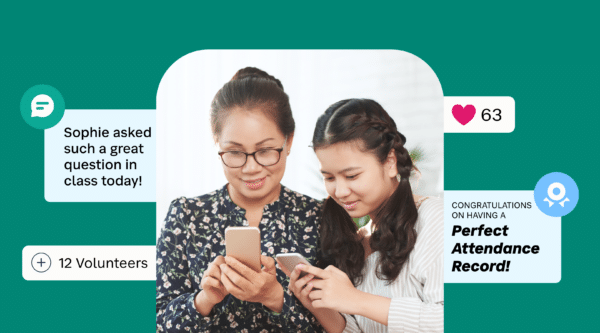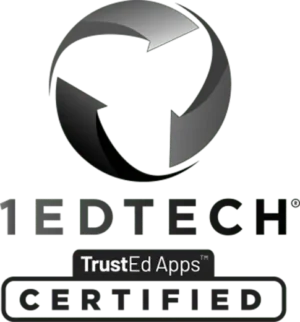
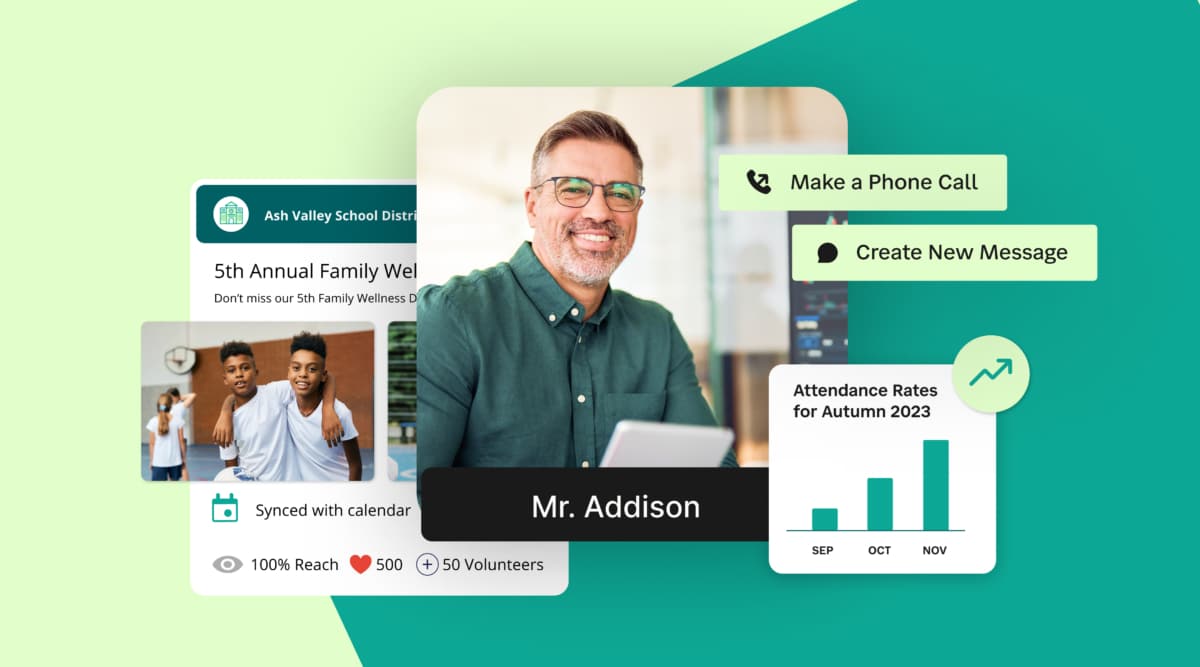
At its core, a school system is a large community.
And like any community, the more connected and engaged it is, the more likely its members will thrive.
In a school, we call this feeling of belonging “school-connectedness.” But in today’s world, that can be challenging to achieve. Schools face many obstacles when working to engage with students’ families, from language barriers to information overload.
Like many things in life, consistent communication can help.
Here are three communication tips for how your school administrative staff can engage with families and support student success.
Tip 1: Establish a Regular Cadence for Classroom Updates and Announcements
As educators, our job isn’t just to support our students. We also need to support their families as well.
Most school families want to know what is happening in their child’s classroom. There may simply be too many other things on their plate to memorize the school calendar or understand the exact resources available to them.
Setting up a regularly scheduled classroom update can give caregivers the information they need more efficiently. By providing information on assignments, due dates, and resources available for students who are struggling, educators are showing families that students’ success is of paramount importance.
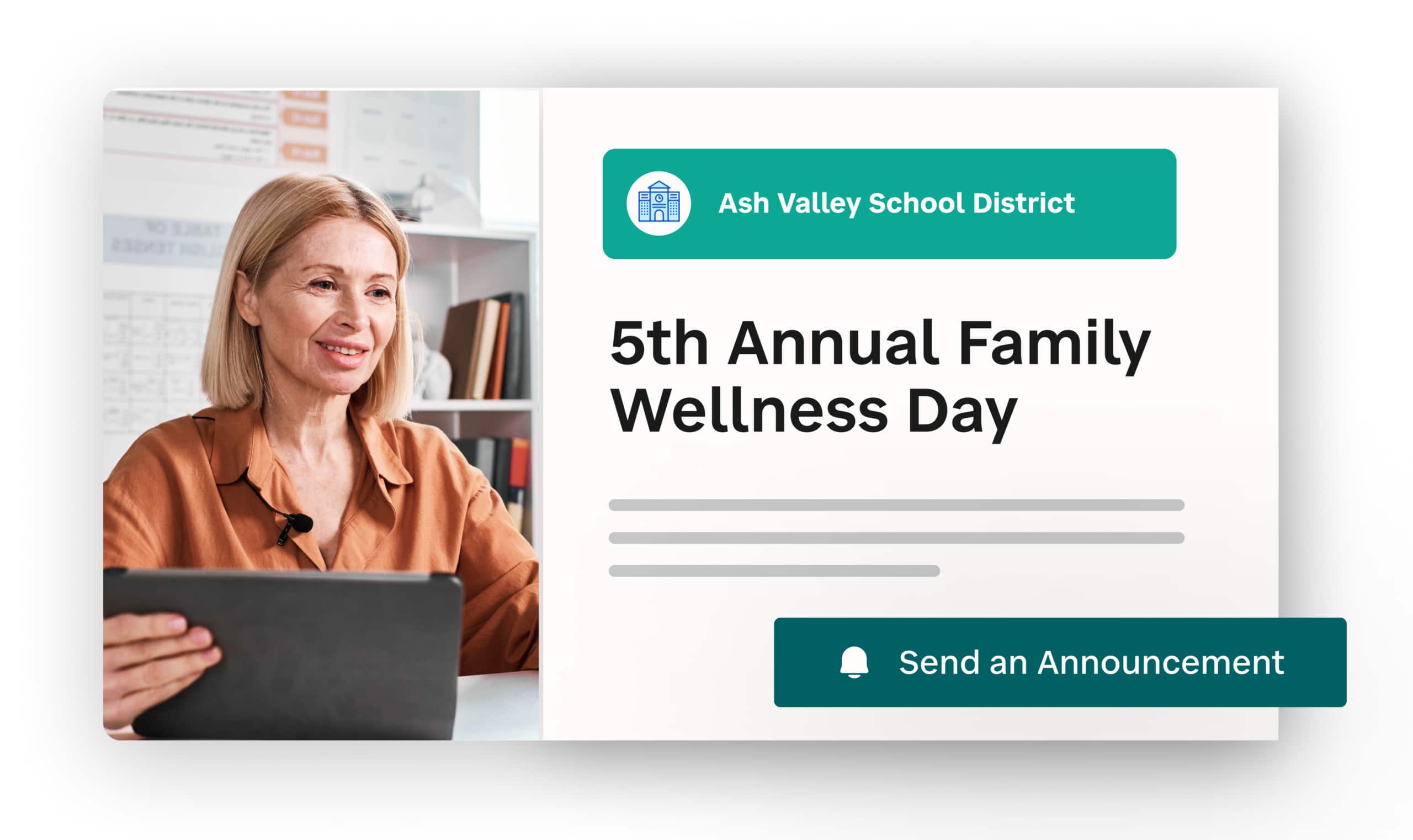
Tip 2: Opt for 2-Way Communication
School communication works best when school staff can meet families where they are. And for some families, that may look like a direct, open dialogue between the educator and the caregiver.
Two-way communication can be particularly helpful for families who may need guidance on the best ways to support their student, or if a student is treading into “at-risk” territory.
Tip 3: Use Data to Inform Your Conversations
When it comes to communicating with families about their students, it helps to come to the conversation prepared.
Most schools have some kind of student information system (SIS) that collects data about attendance, test scores, and other helpful information. 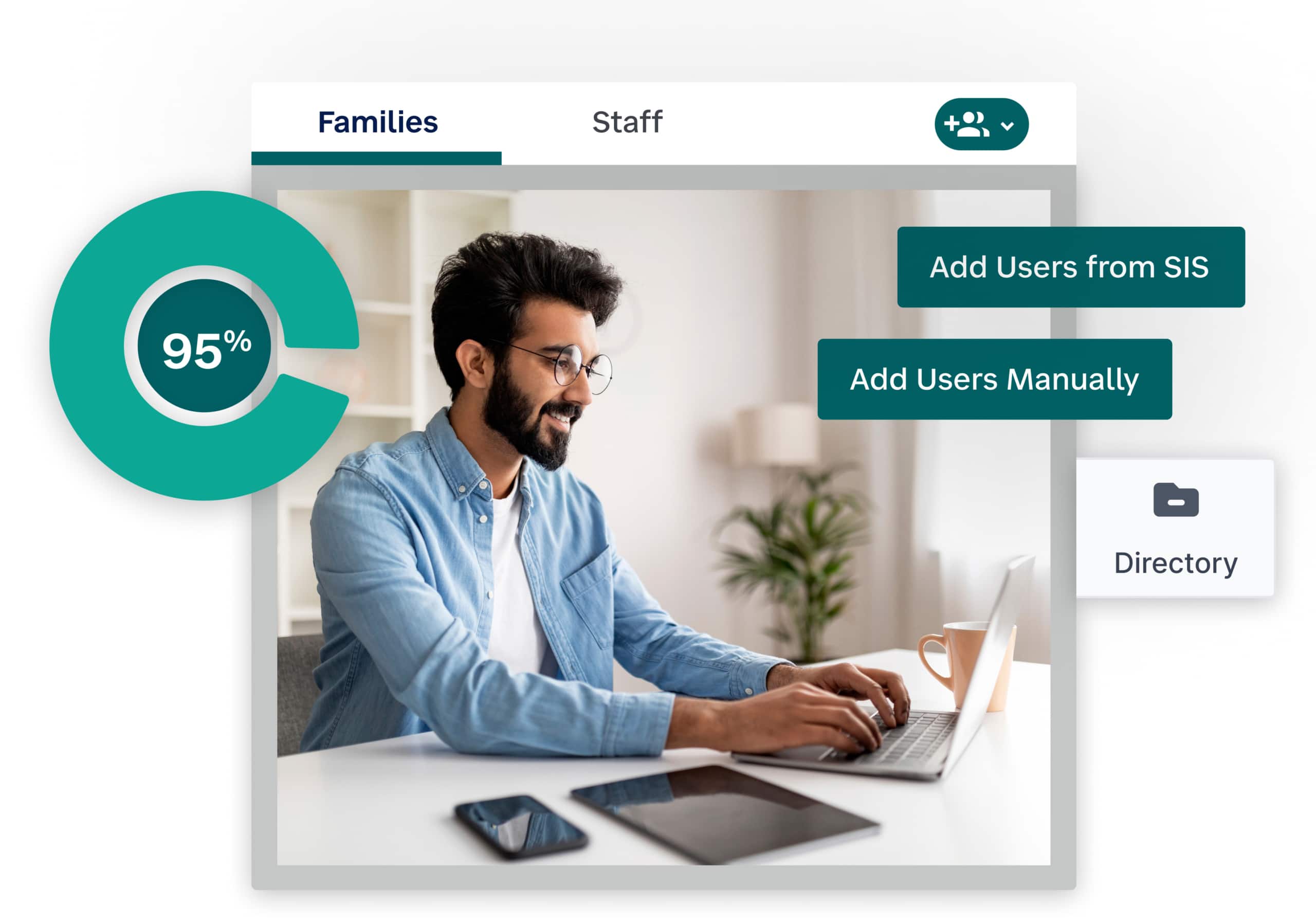
Analyzing this data can help inform conversations with families about their students, as well as provide insight into how families respond to school communications, so faculty can better cater their messages.
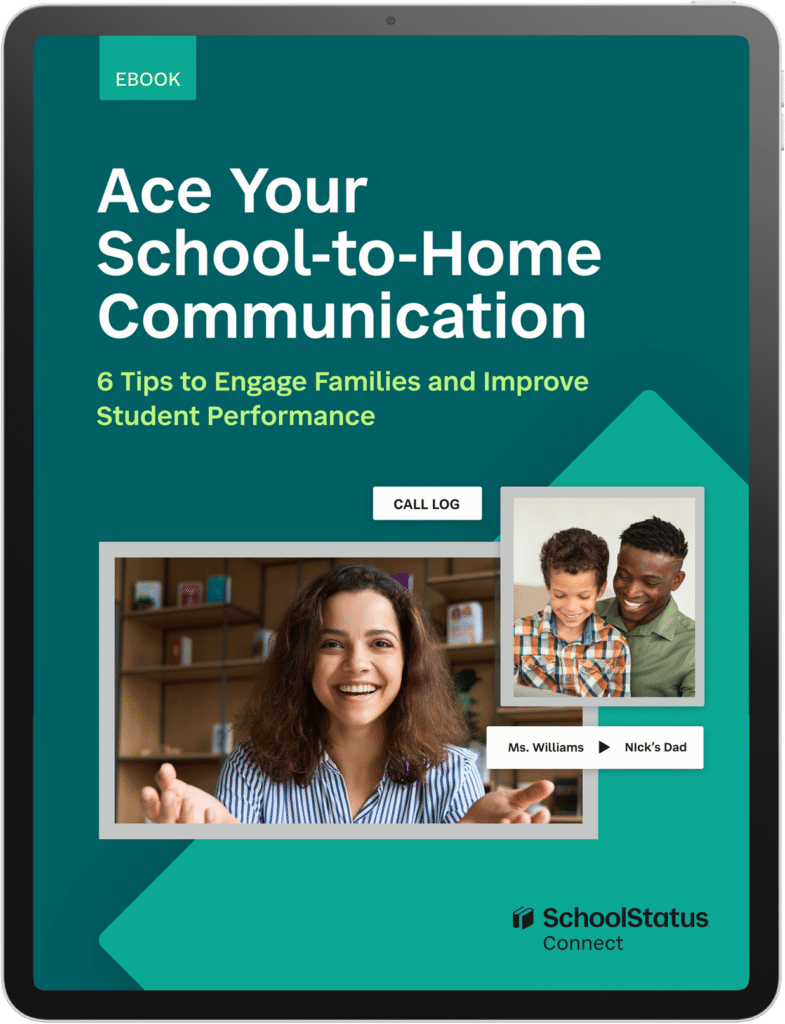
Ready to dive deeper on how principals and school staff can connect with families in a meaningful way? Download our guide, Ace Your School-to-Home Communication: 6 Tips to Engage Families and Improve Student Performance to see the full list of tips and additional details.
Stay Connected
News, articles, and tips for meeting your district’s goals—delivered to your inbox.





